For the first time, astronomers have successfully mapped the magnetic field around a young star where planets are believed to be forming. Using dust alignment, they were able to detect and measure the three-dimensional structure of the magnetic field, providing valuable insights into the early stages of planet formation.
Astronomers have succeeded in observing the magnetic field around a young star where planets are thought to be forming. The team was able to use dust to measure the three-dimensional structure 'fingerprint' of the magnetic field. This will help improve our understanding of planet formation.
Planets form in turbulent disks of gas and dust called protoplanetary disks around young stars. It is thought that the first step in planet formation is dust grains colliding and sticking together. The movement of the dust grains is influenced by many forces, including magnetism. Thus, understanding the magnetic fields is important for understanding planet formation, but so far it has not been possible to measure the magnetic fields in a protoplanetary disk.
Now that this method of dusting for a young star's magnetic fingerprint has been proven to work, the team wants to apply it to more stars, and measure the magnetic field closer to the star to better understand the magnetic conditions where planets are forming. Astronomers found a highly unusual star that has the most powerful magnetic field ever found in a massive star -- and that may become one of the most magnetic objects in the Universe: a variant of a ...
PLANET FORMATION MAGNETIC FIELDS STAR FORMATION DUST PROTOPLANETARY DISKS
United States Latest News, United States Headlines
Similar News:You can also read news stories similar to this one that we have collected from other news sources.
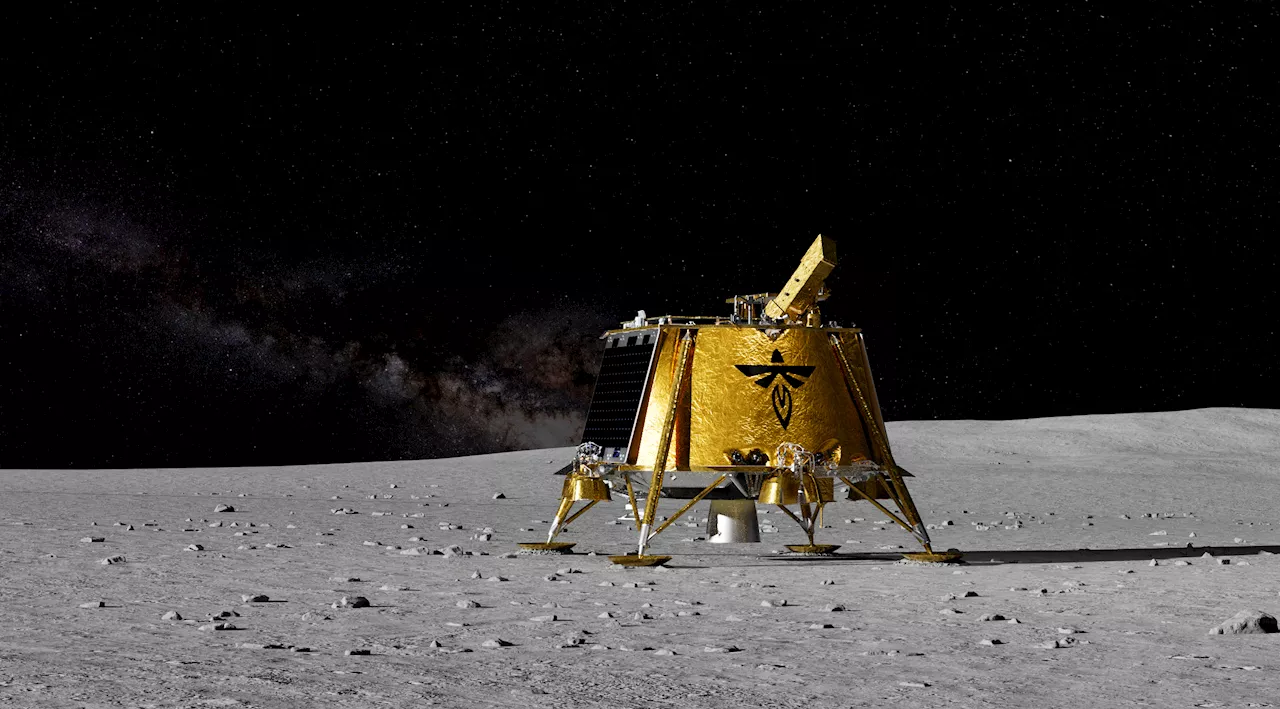 NASA's LEXI to Capture First Full Image of Earth's Magnetic Field from the MoonNASA's Lunar Environment Heliospheric X-ray Imager (LEXI) is set to launch to the moon, aiming to capture the first full image of Earth's magnetic field. This groundbreaking mission will provide valuable insights into the protection of our planet from solar winds and weather.
NASA's LEXI to Capture First Full Image of Earth's Magnetic Field from the MoonNASA's Lunar Environment Heliospheric X-ray Imager (LEXI) is set to launch to the moon, aiming to capture the first full image of Earth's magnetic field. This groundbreaking mission will provide valuable insights into the protection of our planet from solar winds and weather.
Read more »
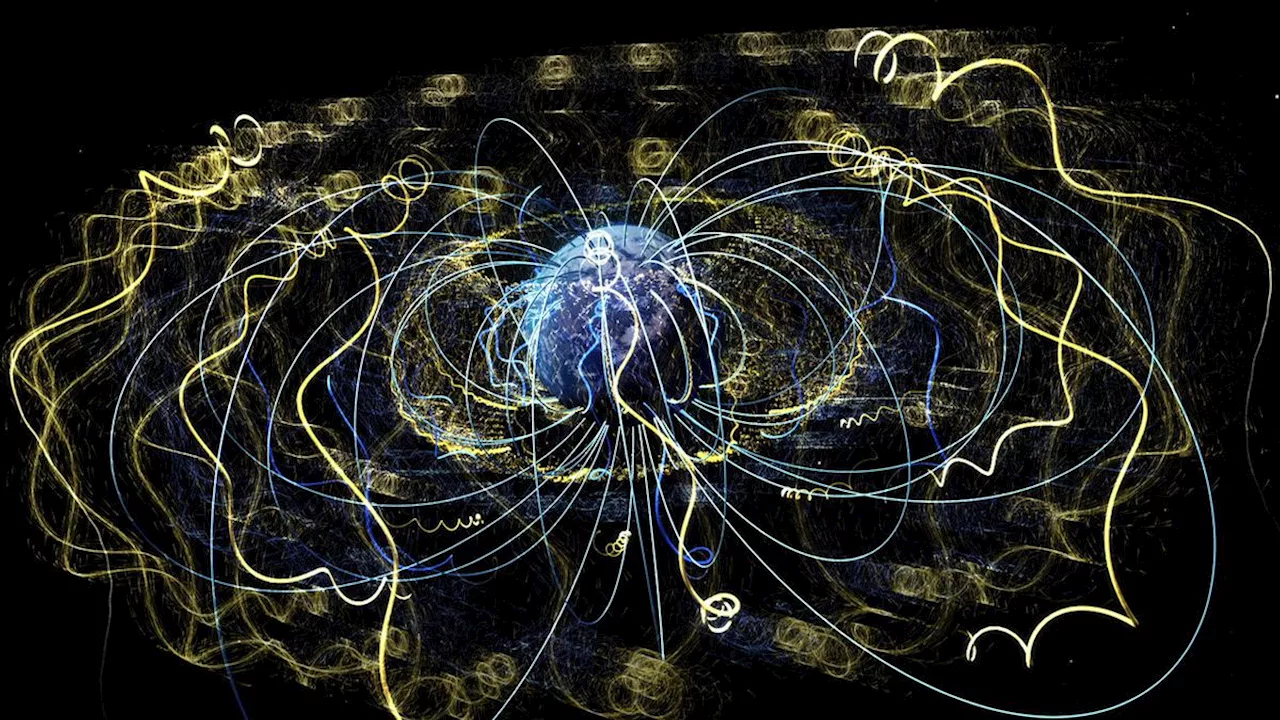 Robot to Capture First Global Images of Earth's 'Breathing' Magnetic FieldA new robot, the Lunar Environment Heliospheric X-ray Imager (LEXI), will launch on January 15th aboard Firefly Aerospace's Blue Ghost Lander. Upon landing on the moon's surface, LEXI will capture images of Earth's magnetic field for six days, detecting low-energy X-rays reflecting from its surface. This will provide valuable insights into how space particles interact with Earth's magnetosphere.
Robot to Capture First Global Images of Earth's 'Breathing' Magnetic FieldA new robot, the Lunar Environment Heliospheric X-ray Imager (LEXI), will launch on January 15th aboard Firefly Aerospace's Blue Ghost Lander. Upon landing on the moon's surface, LEXI will capture images of Earth's magnetic field for six days, detecting low-energy X-rays reflecting from its surface. This will provide valuable insights into how space particles interact with Earth's magnetosphere.
Read more »
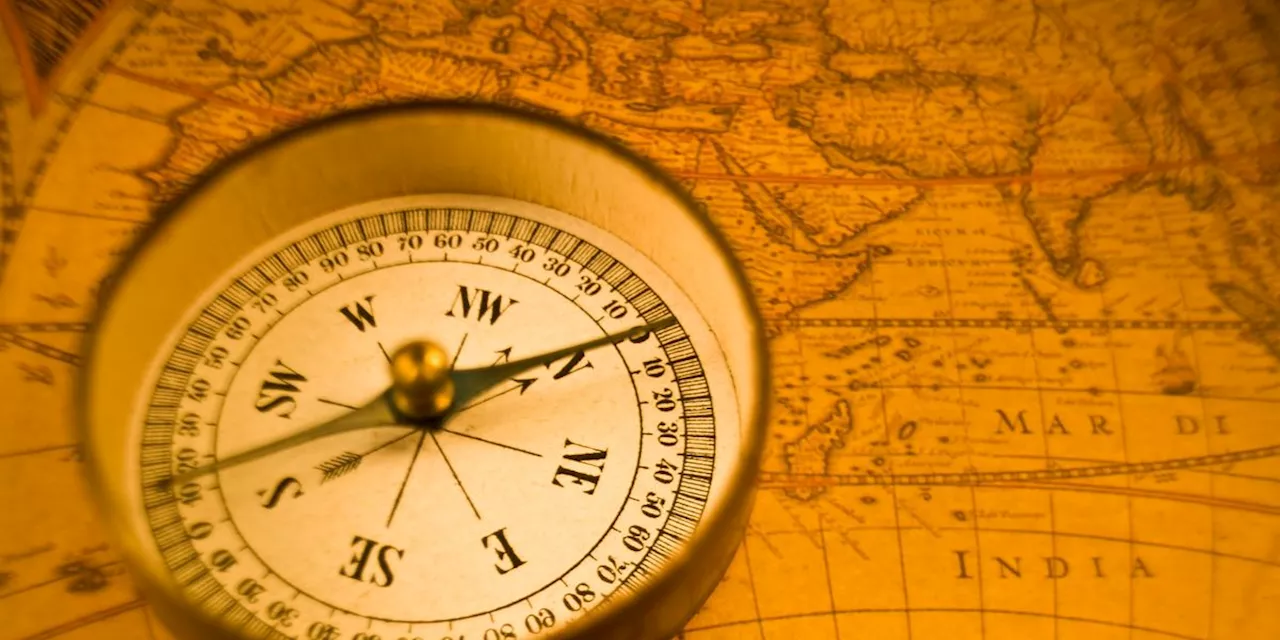 World Magnetic Model Updated to Track Shifting Magnetic NorthScientists have released a new version of the World Magnetic Model (WMM), which helps track the constantly shifting magnetic north. The update improves navigation accuracy for technologies relying on Earth's magnetic field.
World Magnetic Model Updated to Track Shifting Magnetic NorthScientists have released a new version of the World Magnetic Model (WMM), which helps track the constantly shifting magnetic north. The update improves navigation accuracy for technologies relying on Earth's magnetic field.
Read more »
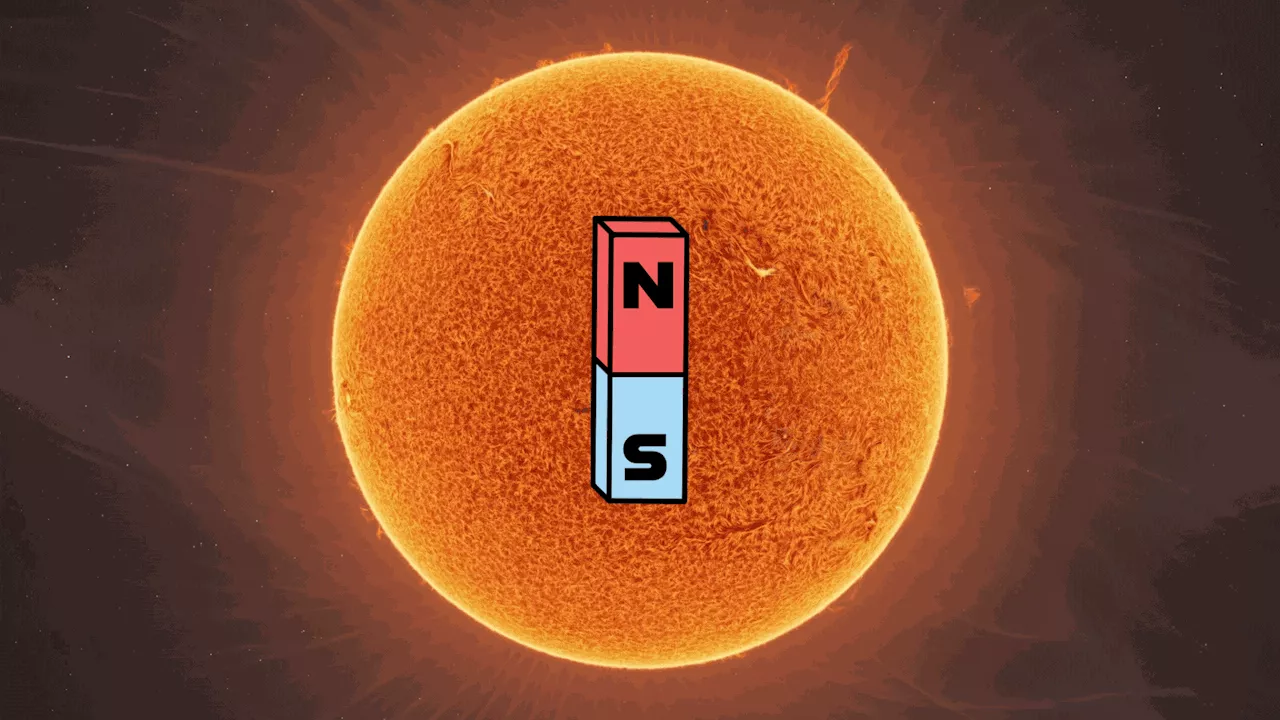 The Sun's Magnetic Field is About to Flip: What Does This Mean for Earth?The sun is on the verge of a significant event: a magnetic field reversal. This phenomenon, known as the Hale cycle, occurs approximately every 22 years, flipping the sun's magnetic poles. This article explores the science behind this cycle, its potential effects on Earth, and what we know about the mechanisms driving this celestial dance.
The Sun's Magnetic Field is About to Flip: What Does This Mean for Earth?The sun is on the verge of a significant event: a magnetic field reversal. This phenomenon, known as the Hale cycle, occurs approximately every 22 years, flipping the sun's magnetic poles. This article explores the science behind this cycle, its potential effects on Earth, and what we know about the mechanisms driving this celestial dance.
Read more »
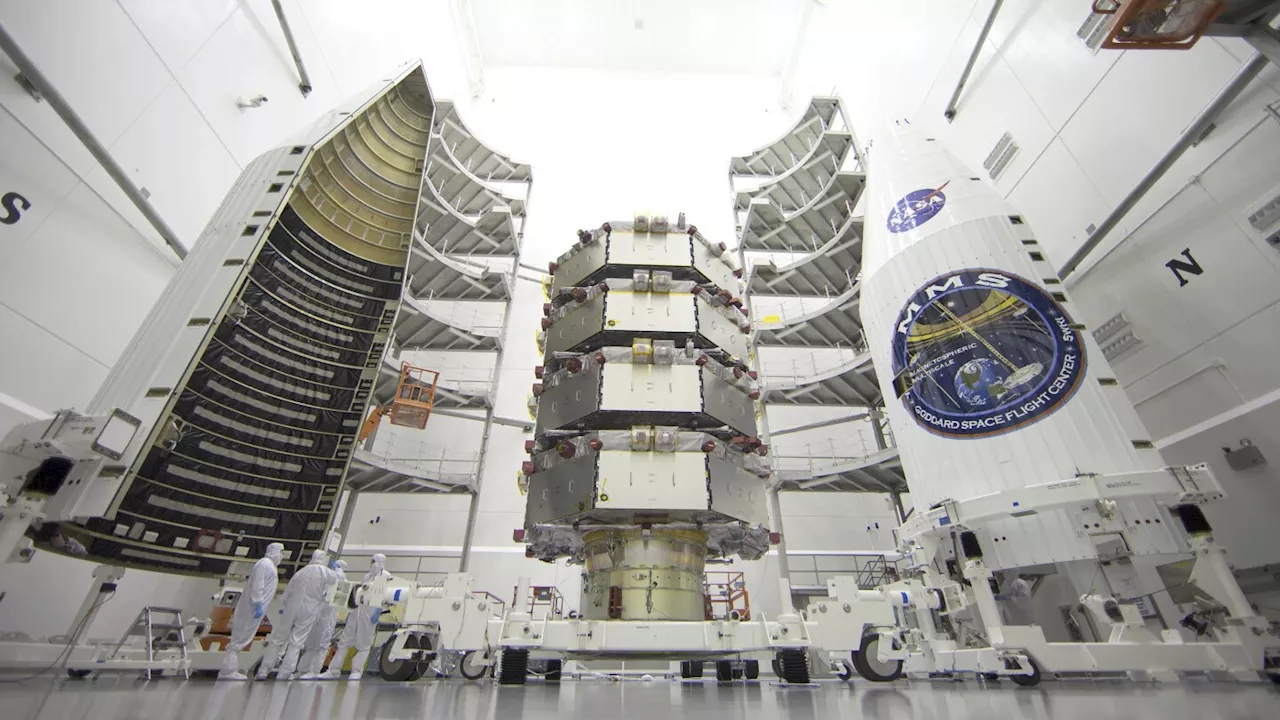 Chirping Chorus of Waves Detected Far Beyond Earth's Magnetic FieldNASA's Magnetospheric Multiscale satellites have detected a chorus of chirping waves originating over 62,000 miles from Earth, a region previously unexplored for these phenomena. This discovery challenges existing understanding of chorus waves and opens up new avenues for research into the dynamics of space plasmas.
Chirping Chorus of Waves Detected Far Beyond Earth's Magnetic FieldNASA's Magnetospheric Multiscale satellites have detected a chorus of chirping waves originating over 62,000 miles from Earth, a region previously unexplored for these phenomena. This discovery challenges existing understanding of chorus waves and opens up new avenues for research into the dynamics of space plasmas.
Read more »
 Atomic Compasses: CU Boulder Researchers Revolutionize Magnetic Field MeasurementResearchers at the University of Colorado Boulder have developed a groundbreaking technique using trapped vapor atoms as highly precise compasses for measuring magnetic fields. This method allows for simultaneous measurement of both the strength and direction of magnetic field variations, opening up new possibilities for quantum sensor technology.
Atomic Compasses: CU Boulder Researchers Revolutionize Magnetic Field MeasurementResearchers at the University of Colorado Boulder have developed a groundbreaking technique using trapped vapor atoms as highly precise compasses for measuring magnetic fields. This method allows for simultaneous measurement of both the strength and direction of magnetic field variations, opening up new possibilities for quantum sensor technology.
Read more »
